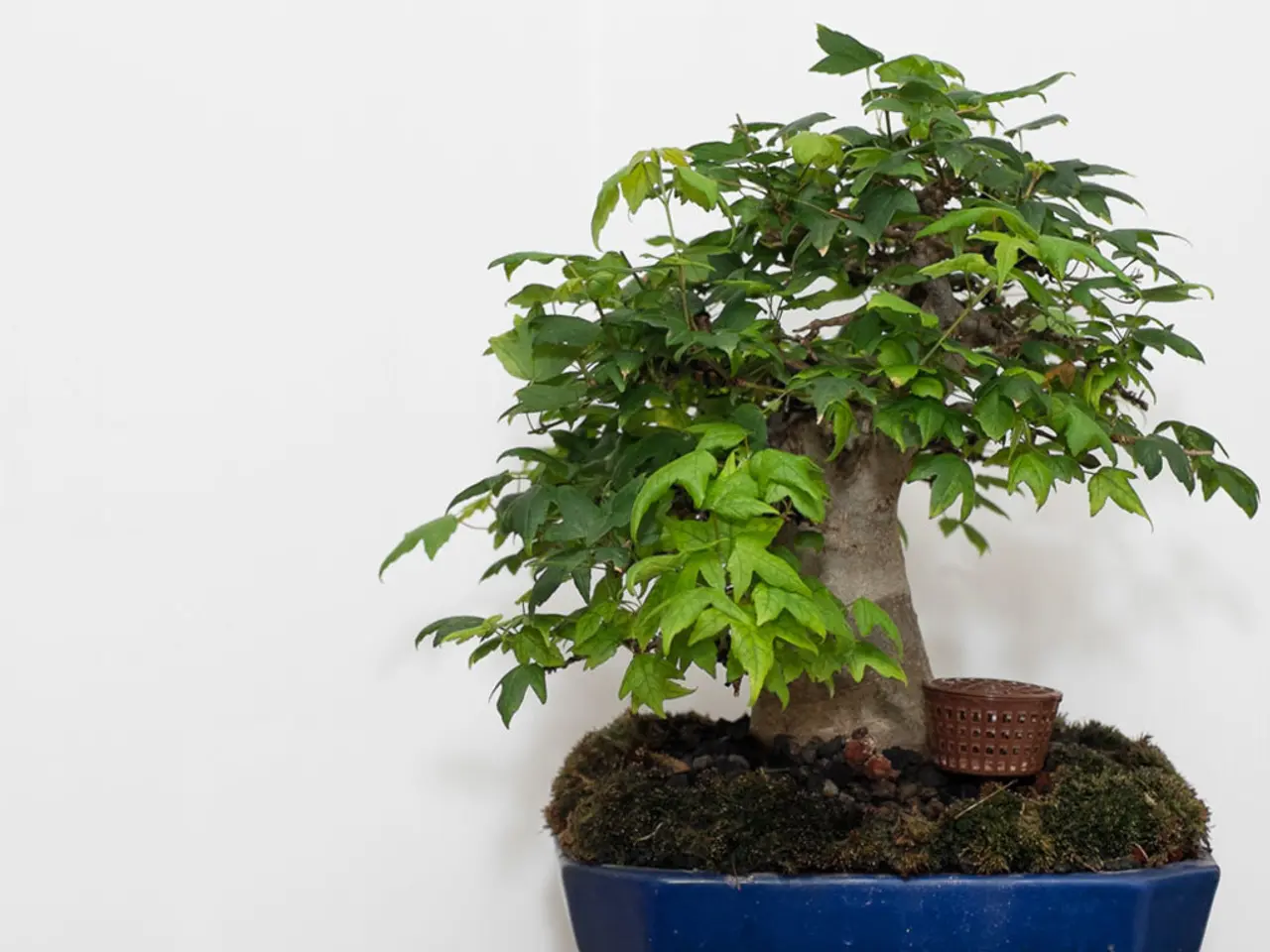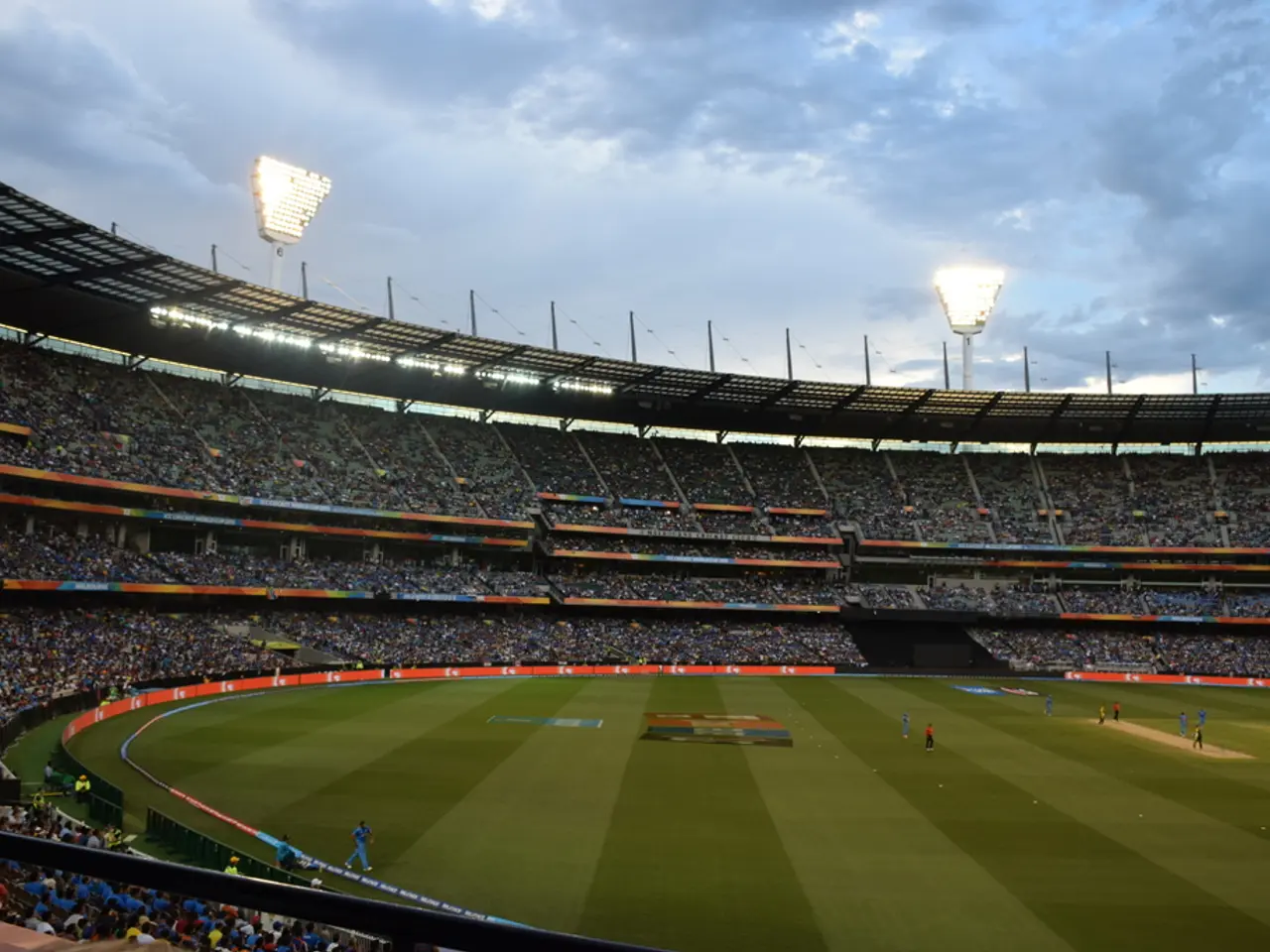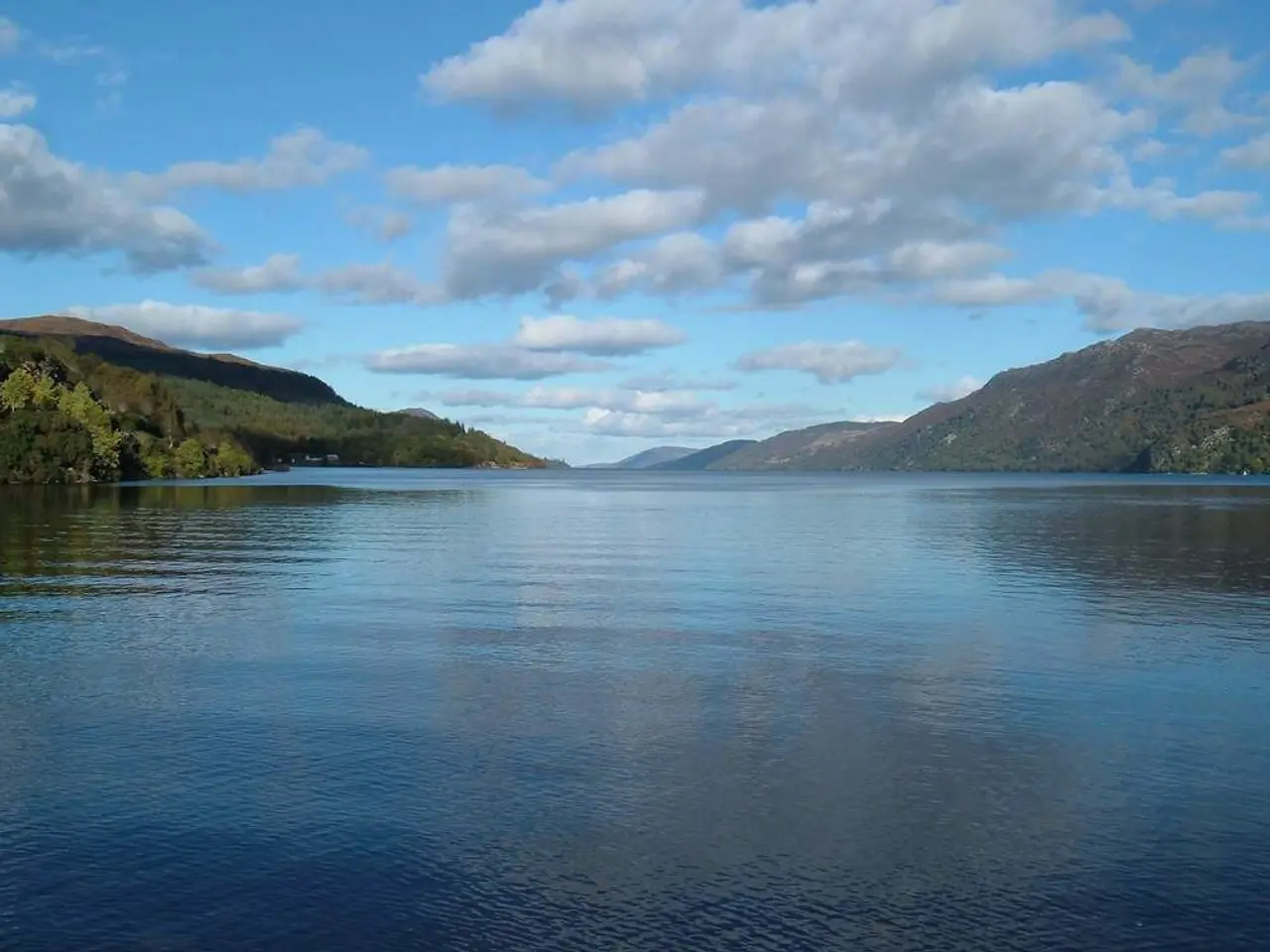Bonsai Tree Care Optimized Using Local Climate Data and Weather Patterns
In the ever-evolving world of bonsai cultivation, enthusiasts are increasingly turning to climate data to perfect their care routines. By integrating local weather patterns and forecasts into their regimens, bonsai caregivers can make data-driven decisions that optimize watering schedules, fertilization plans, and pest and disease control.
For instance, homeowners can install individual weather stations from companies like Davis Instruments or AcuRite for hyperlocal weather data. Alternatively, websites and apps such as Weather Underground or Dark Sky offer real-time weather forecasts and climate data for specific locations.
By integrating short-term weather planning into their daily routines, bonsai caregivers can anticipate precipitation events and create microclimates that foster thriving trees. In windy climates, pruning a bonsai every 4-6 weeks helps maintain shape and mitigate wind damage, promoting healthy growth.
Understanding local historical climate trends is crucial for bonsai cultivation. These trends reveal patterns and fluctuations that can inform care decisions and help enthusiasts prepare for potential weather extremes. For example, temperate bonsai species require seasonal temperature swings and a cool winter resting period for health.
The best practices for using climate data to care for bonsai trees in various local climates involve tailoring watering, humidity, temperature, and light conditions to the specific environmental characteristics and species needs.
Monitoring temperature is key. Use local climate information on seasonal temperature ranges to adjust bonsai care. Most temperate bonsai species thrive between about 60-80°F (15-27°C) during the growing season and cooler (45-60°F/7-15°C) in winter for dormancy. Avoid prolonged heat above 90°F (32°C) which stresses bonsai and causes leaf wilting.
Humidity management is also essential. Indoors, humidity can be controlled with trays and misting; outdoors, place bonsai where natural airflow and shade balance moisture loss. Adjust humidity strategies seasonally based on weather—higher humidity in hot dry months, less in cooler seasons.
Watering practices should be based on soil moisture and climate. Use climate data on rainfall and evapotranspiration to judge watering frequency, but rely primarily on soil moisture checks. Water thoroughly only when soil is dry to avoid root rot from overwatering, a common cause of bonsai death.
Sunlight and airflow should also be matched to bonsai needs. Most bonsai prefer bright indirect light for 4-6 hours daily; adjust placement by observing natural light exposure to avoid scorching or insufficient light. Local climate data on sunlight hours and intensity guide this. Outdoors, shelter from harsh winds while allowing good airflow.
Seasonal adjustments based on local climate are also important. Use climate data to plan pruning, fertilizing, and dormancy periods. For example, temperate bonsai need seasonal temperature swings and a cool winter resting period for health.
Soil and fertilizer use should also be adapted for local moisture conditions (e.g., fast-draining mixes in wetter climates) and feeding lightly during the growing season, typically every 2-4 weeks with diluted fertilizer.
In summary, integrating precise local climate info—temperature ranges, humidity, sunlight patterns, and seasonal changes—with close observation of your bonsai’s response enables optimal care across different environments. This includes adjusting indoor or outdoor setups, watering schedules, and seasonal practices to keep bonsai healthy and thriving year-round.
This climate-informed approach enables bonsai enthusiasts to adapt to changing weather patterns, mitigating the impact of extreme weather events and promoting healthy tree growth. By analyzing historical climate data, bonsai enthusiasts can identify recurring weather patterns such as temperature fluctuations, precipitation cycles, and sunlight hours, which can impact tree health and development.
Real-time precipitation forecasts enable bonsai enthusiasts to anticipate and prepare for impending rainfall or drought, allowing for proactive adjustments to their care routine and mitigating the risks associated with unexpected weather events. In regions with mild winters, careful consideration of frost protection, soil insulation, and windbreaks is essential to safeguard bonsai trees from the gentle whispers of winter's chill.
Government agencies like the National Weather Service (NWS) in the United States provide current and historical weather data for bonsai enthusiasts. This knowledge enables enthusiasts to refine their care strategies, adjusting watering schedules, fertilization plans, and pest management approaches to accommodate local climate conditions.
In conclusion, bonsai cultivation is a rewarding hobby that thrives on the integration of climate data and close observation. By understanding and adapting to the unique demands of their local climate, enthusiasts can develop tailored care strategies that account for the dynamic whims of weather patterns, ensuring their trees thrive in harmony with the surrounding environment.
- To account for the dynamic climate conditions, bonsai enthusiasts can utilize environmental science, particularly meteorology and weather-forecasting, to make data-driven decisions about watering schedules, fertilization plans, and pest management.
- The study of climate-change and environmental-science provides valuable insights for bonsai caregivers, enabling them to understand local historical climate trends and prepare for potential weather extremes, thus promoting healthy and thriving bonsai trees.








